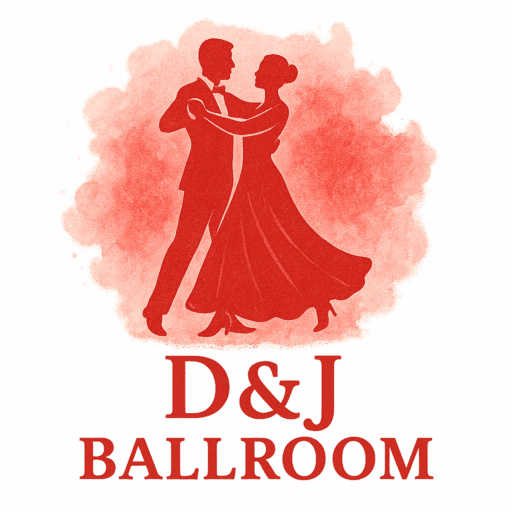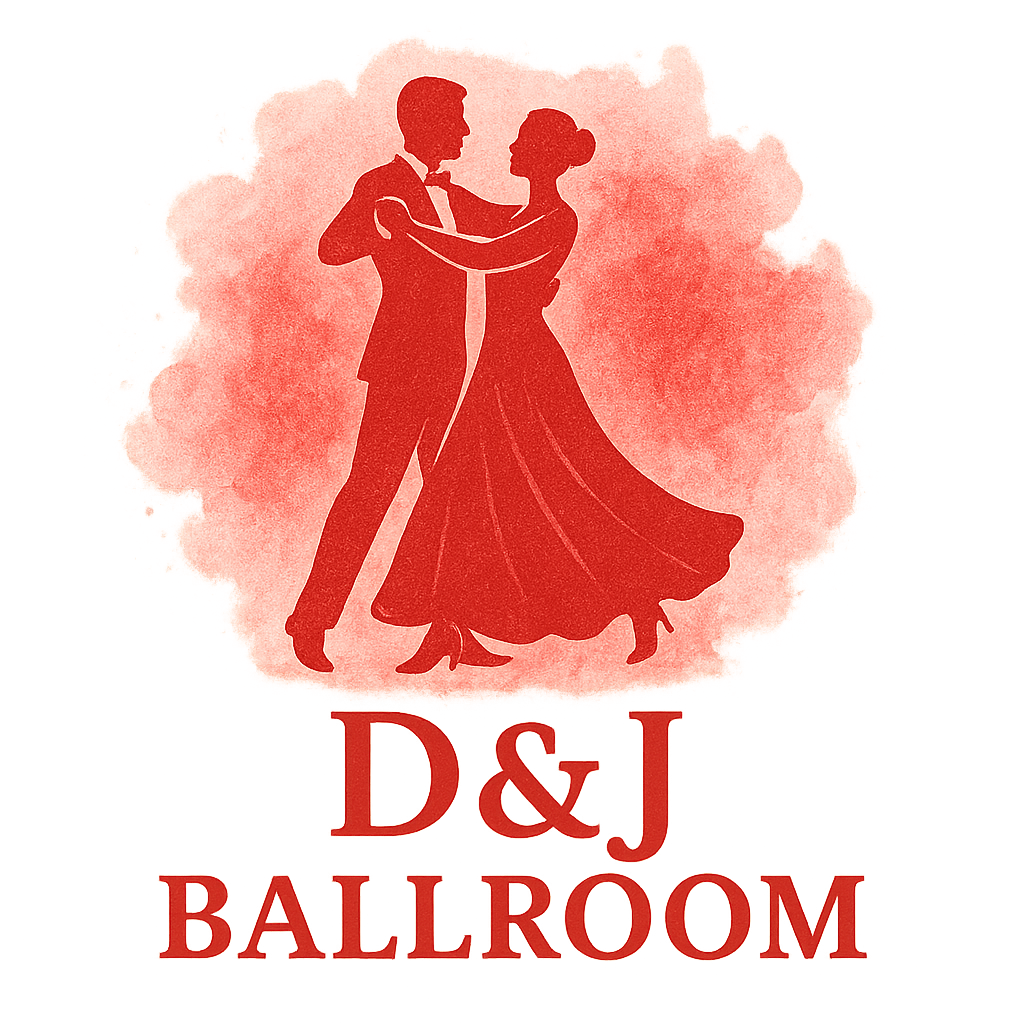Introduction to Ballroom Floor Glide
If you’ve ever watched a ballroom couple float across the floor, you know how mesmerizing it looks. Their steps appear seamless, as if they’re gliding on air rather than walking. That magic comes from one key skill: the floor glide.
Floor glide is at the heart of ballroom dance styles, making movements smooth, polished, and visually captivating. In this guide, we’ll explore 11 ballroom technique drills for floor glide practice, helping you elevate your performance whether you’re preparing for competitions or just want to feel more confident on the dance floor.
Why Floor Glide is Essential in Ballroom Dance
Gliding gives ballroom dance its signature elegance. Without it, routines may appear clunky or disconnected. Smooth glide enhances your partner connection, makes transitions effortless, and highlights the musicality of your steps. It’s a key aspect judges look for in ballroom competitions.

Common Challenges Dancers Face with Floor Glide
Many dancers struggle with glide early on:
- Lifting their feet instead of keeping contact with the floor.
- Losing balance due to weak core control.
- Stiff posture that disrupts fluidity.
Overcoming these challenges requires structured practice, and that’s where ballroom technique drills come in.
Preparing for Ballroom Technique Drills
Warm-Up Exercises Before Glide Practice
Warm-ups matter. Start with ankle rolls, calf stretches, and light hip mobility drills. This loosens your joints and prevents injuries, especially during repetitive glide work.
Proper Ballroom Posture and Frame Setup
Before gliding, set your posture: spine tall, chest open, core engaged, and arms in proper frame. Good posture is a hallmark of ballroom training.
Ballroom Technique Drills for Floor Glide
Drill 1: Weight Transfer Walks
Practice walking slowly forward and back, transferring weight smoothly between feet without lifting.
- Benefits: Improves stability, builds body awareness, and keeps transitions clean.
- Connection: Weight transfers mirror the basics of ballroom history and culture—where walking patterns evolved into elegant dance steps.
Drill 2: Heel-to-Toe Rolling
Roll your feet deliberately from heel to toe with every step, never stomping.
- Mistakes to Avoid: Rushing the roll or losing balance.
- Why it Matters: This drill enhances the glide in smooth dances like the waltz and foxtrot.
Drill 3: Gliding Side Steps
Take side steps with soft knees, dragging the free foot slightly before closing.
- Applications: Essential for rumba and foxtrot sequences.
- Style Note: Side steps also showcase the elegance of ballroom fashion when performed with flowing attire.
Drill 4: Hovering Balance Drill
Shift weight onto one foot, hover with the other slightly above the floor, then glide smoothly.
- Benefits: Enhances balance, core control, and fluidity.
- Relevance: Especially useful in tango, where pauses and balances are dramatic. Explore more about tango technique.
Drill 5: Feather Glide Drill
Mimic foxtrot’s feather step by sliding the lead foot forward while trailing the back foot.
- Why It Works: Creates seamless forward momentum.
- Dance Use: Perfect for foxtrot and waltz, two core ballroom styles.
Drill 6: Diagonal Sway Steps
Glide diagonally with a soft upper-body sway.
- In Tango & Waltz: Adds sweeping drama to tango and flowing beauty to Viennese Waltz.
- Tip: Try practicing with a flowing costume to simulate competition conditions.
Drill 7: Sliding Box Drill
Perform a box step, but instead of lifting, slide each foot close to the floor.
- Who Benefits: Rumba and waltz dancers.
- Extra Insight: This mirrors the practice drills many dancers use before showcase performances.
Drill 8: Continuous Glide Circles
Move in smooth circles without breaking floor contact.
- Benefit: Strengthens stamina and spatial awareness.
- Partner Work: Improves connection, crucial during competition rounds.
Drill 9: Rise and Fall Glide Practice
Incorporate heel rises and knee bends to glide gracefully.
- Best For: Waltz and quickstep.
- Tip: Record your movement and review—it’s a powerful training method.
Drill 10: Partnered Frame Glide
Work with a partner to glide while maintaining posture and connection.
- Focus: Frame stability, synchronized steps, and lead-follow clarity.
- Connection: Practicing this helps prepare for ballroom competitions.
Drill 11: Musicality Glide Drill
Glide to music, syncing movement with rhythm and expression.
- Why It Works: Turns technical steps into artistic dance.
- Bonus: Adds emotional storytelling to your performance—key in ballroom culture.
Pro Tips for Ballroom Glide Mastery
Practicing with Different Tempos
Alternate between slow and upbeat tracks to adapt your glide for different ballroom rhythms.
Recording and Self-Review
Self-assessment through video review helps correct posture and technique.
Importance of Footwear in Glide Practice
Gliding is smoother with proper ballroom shoes and wardrobe. Suede soles provide just the right balance of grip and slide.
Conclusion
Mastering ballroom technique drills for floor glide practice is a journey of patience and precision. With consistent work, you’ll not only move smoothly but also radiate confidence and grace. These drills connect history, culture, training, and artistry into one seamless experience.
So, next time you step onto the floor, remember—you’re not just dancing, you’re gliding through the very tradition of ballroom.
FAQs
1. How often should I practice ballroom glide drills?
3–4 times per week for 20 minutes is ideal.
2. Can beginners do these drills?
Absolutely—they’re designed for all levels.
3. What shoes are best for floor glide?
Ballroom dance shoes with suede soles.
4. Which dances benefit most from glide drills?
Waltz, foxtrot, and Viennese Waltz.
5. Do I need a partner for every drill?
No, most can be done solo. Partner work is optional.
6. How do I avoid stiffness?
Keep your knees soft and posture natural.
7. Can glide practice help in competitions?
Yes—judges reward elegance, smoothness, and artistry.


